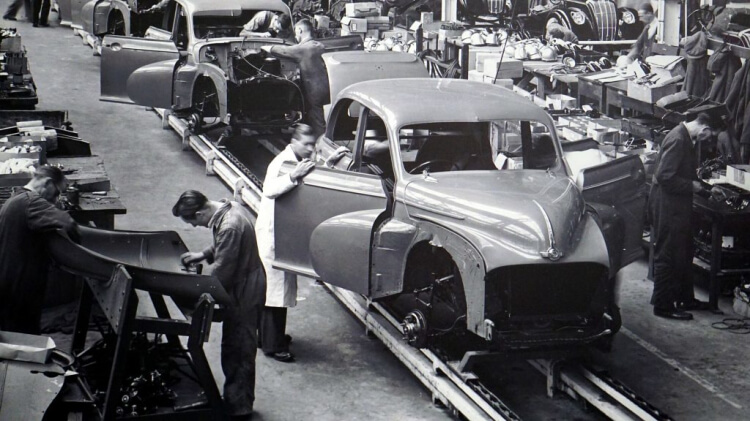It’s impossible to overrate the value of shop-floor safety. Above all, there’s the commitment to protect plant workers from production hazards. Then there’s the need to be regulations-compliant and protect corporate reputation. Safety keeps the lines productive, protected against accidents and delays. And, finally, safety measures protect major investments in tooling and materials.
Using simulation to make safety a plant design fundamental
Safety starts with the basics: plant layout, beginning with resource planning. Tools are available that enable planners, working in a virtual 3D environment, to define manufacturing operations, sequences, and premises, and structures that organize resources, in a way that combines optimized productivity with worker safety.
As an example, planners can use an immersive 3D environment to create virtual mechanical devices, from simple clamps to complex robots and lift-assist equipment. They can validate mechanical devices in the virtual offline world with no risk of injury to shop-floor workers or damage to equipment.
Simulate tasks to ensure production-line safety
Other simulation tools enable planners to create lifelike manikins with standard anthropometry (human body dimensions) and put them in a 3D model. Planners who aren’t expert in ergonomics can simulate predefined actions like grab and release, using a tool or operating a device. Analysis can be so precise and comprehensive that it includes spine stress analysis indicating reach ranges for the optimal placement of part bins or the manikin’s field of vision.
These tools give designers early identification of potential ergonomic problems so they can create a safe process with high productivity.
Keep work instructions graphically explicit-and always up to date
Safety can be compromised if work instructions are misunderstood or misapplied. But if the model and the process plan are developed in a collaborative 3D environment, they can be distributed in a lightweight web format to mobile devices and presented in 3D or 2D graphical format. Workers can view operation-by-operation product buildup in 3D, and select any operation for review. They no longer have to work with printed documents and can always be confident that their instructions are up-to-date. Safety hazards from outdated printed documents are eliminated.

